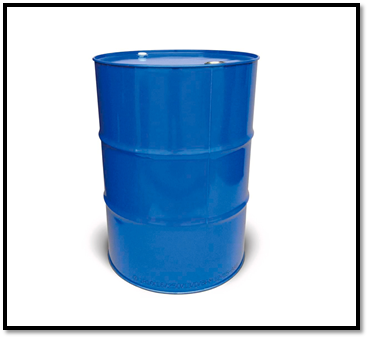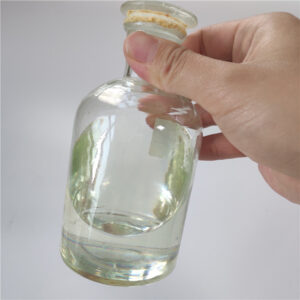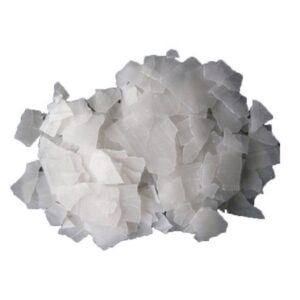Dietilenoglicol – DEG is an organic compound. It is a very useful chemical compound which is industrially produced from the partial hydrolysis of ethylene oxide. It is categorised as a poisonous chemical and its chemical formula is C4H10O3. It is a water-soluble liquid.
Chemical Appearance
Dietilenoglicol – DEG has the appearance of a colourless liquid. It is an odourless compound. Diethylene Glycol is a hygroscopic liquid. It has a sweetish taste. It is soluble in water, alcohol, ether, acetone, and ethylene glycol.
Chemical Applications and Strengths
Dietilenoglicol – DEG or Diethylene Glycol is an extremely useful chemical compound and therefore, has many industrial applications. Its main applications and strengths are:
- Dietilenoglicol – DEG is most commonly used as a solvent. This application is effective for resins, dyes, oils, and other organic compounds.
- It is utilised in the manufacturing of unsaturated and saturated polyester resins.
- It is quite essential for the production of widely used polyurethanes.
- It is also applicable for use in the making of plasticisers in the plastics industries. It is used as a plasticiser for cork and synthetic sponges.
- It serves as a key component in organic synthesis of products such as morpholine and 1,4-dioxane.
- It is employed as a humectant for tobacco, cork, printing ink, and glue.
- It is also a significant component of brake fluid, lubricants, wallpaper strippers, artificial fog and haze solutions, and heating or cooking fuels..
- It is found essentially in personal care products such as skin creams, lotions, and deodorants etc
- Diethylene Glycol is often replaced by specific diethylene glycol ethers.
- The dilute solution of Diethylene Glycol can also be used as a cryoprotectant.
- A certain amount of Diethylene Glycol is present as a product of ethylene glycol production in ethylene glycol antifreeze.
- It is commonly expended in the large-scale production of antifreeze, brake fluids and cigarettes.
- It serves as a dehydrating agent for natural gas.
- It is largely consumed by the textile industry as a textile lubricant and coupling agent. It is also used as a solvent in textile dyeing and printing.
- It is an important constituent of hydraulic fluids.
- It functions as plasticiser in the paper industry for the production of paper.
- It is utilised as a raw material for the production of esters used as emulsifiers, demulsifiers, and lubricants.
- It is also used as a selective solvent for aromatics in petroleum refining..








Reviews
There are no reviews yet.